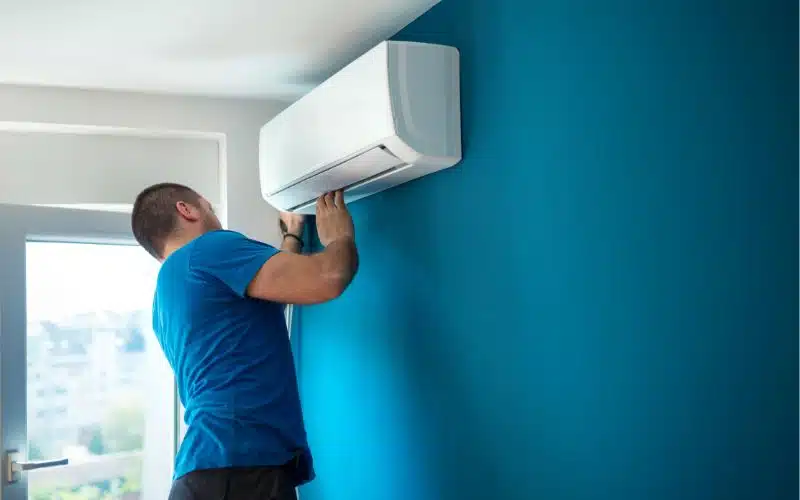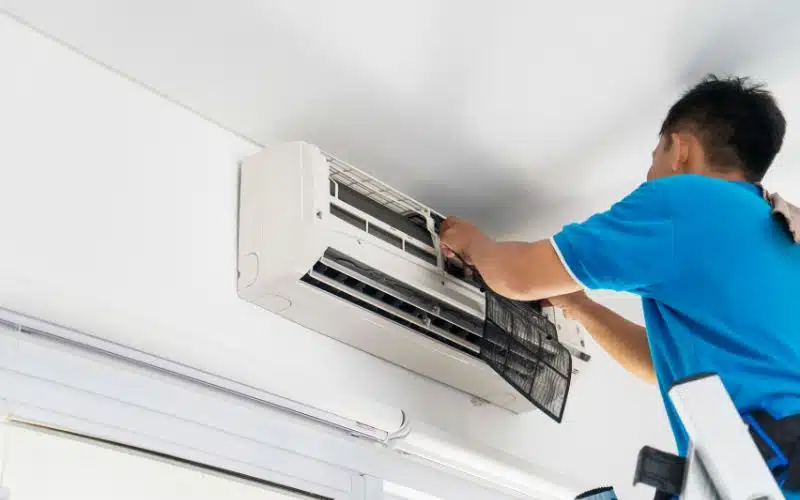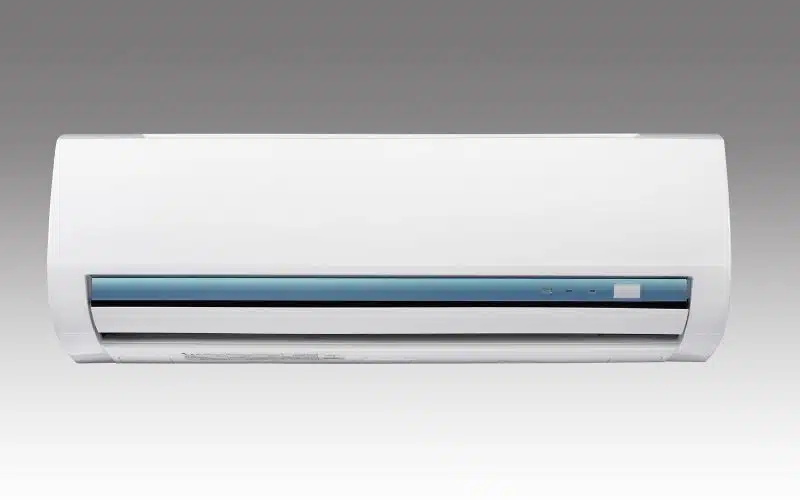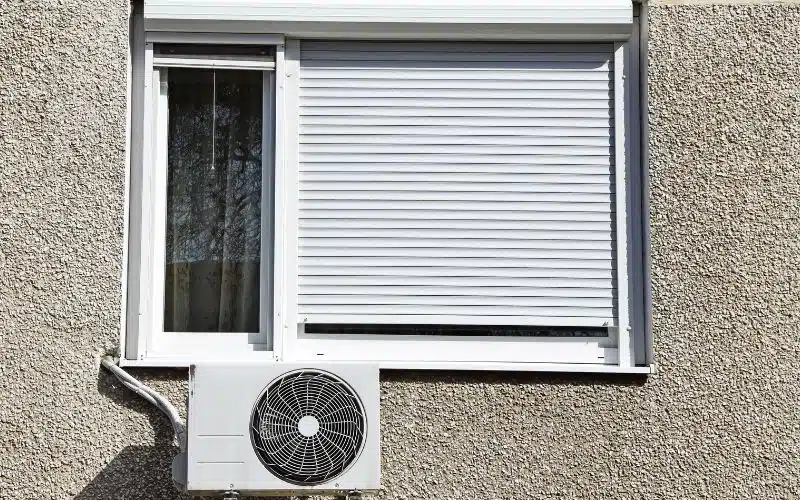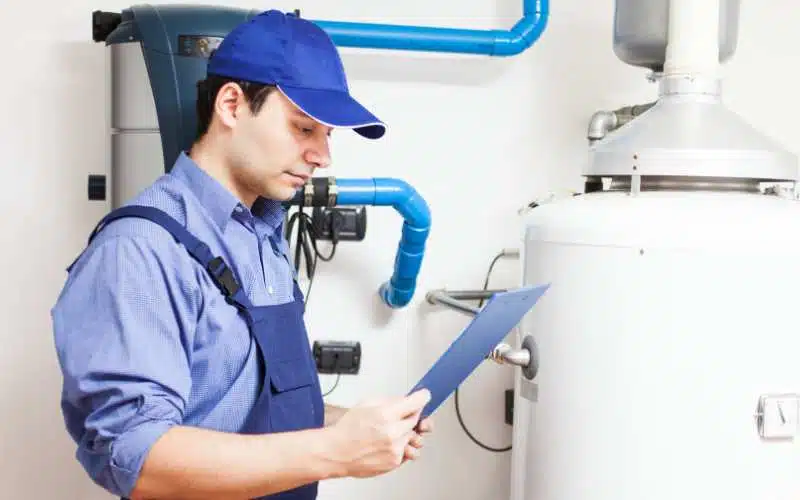To improve the thermal efficiency of your house, you need to consider the insulation of your water pipes. The pipes include both the cold and hot water pipes in your house.
Water pipe insulation is essential as it has several advantages, such as reducing your house’s cooling and heating bills, preventing your cold pipes from freezing, etc. Check out more importance of pipe insulation in this article.
Both foam and rubber work excellently as water pipe insulation; they function as materials that help regulate the temperature of your water pipes. Therefore, you can use foam or rubber to insulate your water pipes. However, foam is more effective than rubber in cold-water pipe insulation.
Is Rubber Or Foam Better For Insulation?
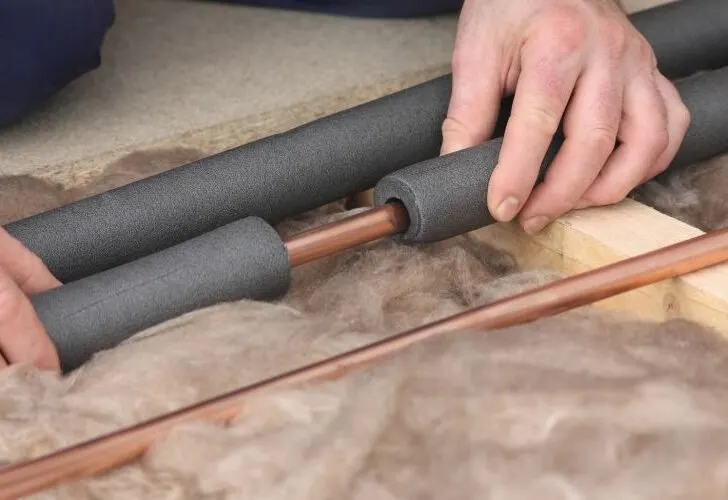
Both rubber and foam are suitable for insulation. Both provide adequate insulation that your house needs, making you live in absolute comfort.
Use either foam or rubber for your water pipes. It will help you regulate the temperature of your pipe by reducing condensation and preventing freezing, thereby making it last longer.
Regardless, one between rubber and foam performs better than the other.
Check out the table below to find out which one between rubber and foam is the better option for you regarding insulation.
From the comparison table above, most points favor foam over rubber. Therefore, it’s safe to say that foam is better for insulation than rubber.
However, it would help if you always remembered that each of them has some unique features.
For instance, foam pipe insulation is best suitable for cold-water pipes, while rubber pipe insulation is more effective in hot-water pipes.
So, when choosing insulation materials for your pipes, choose the appropriate one. Meanwhile, to install foam insulation on your pipe, follow the steps below;
#1. Measure
The first thing you need to do is to measure the pipe you want to insulate.
#2. Purchase the Foam Pipe Insulation
After measuring the pipe, get tubular foam pipe insulation or foam wrap, depending on the length of your pipe.
Both are available in different diameters and designed for different pipe sizes.
Note that a tubular foam pipe is the one you can use for a long pipe, while a foam wrap is the one you can use to insulate a small pipe, i.e., short sections.
#3. Proper Cleaning
After getting the pipe insulation foam, ensure you clean the entire pipe surface to eliminate debris. You can get a small towel to dust off the pipe’s surface.
#4. Begin the Installation
After cleaning the pipe correctly, proceed to install the foam pipe insulation.
If it’s tubular foam pipe insulation, it often comes as a self-sealing material, and sometimes, you may need to slit and glue it to the surface of the pipe by yourself.
If the foam pipe insulation you got is self-adhesive, lay the foam on the pipe, ensuring that it covers the whole surface of the pipe, and press it into place so it seals properly.
Then, scrape the paper from the adhesive and press the end to the end of the insulation foam, ensuring that both sides stick firmly to each other.
#5. Seal with Duct Tape
Sealing the foam pipe insulation isn’t necessary, but doing so will prevent the foam from being exposed.
Follow the instructions above carefully, and ensure that you install the foam pipe insulation properly to avoid loss of effectiveness.
What’s the Best Pipe Insulation for Outside Pipes?
The best pipe insulation for your outdoor pipes is polyethylene foam insulation.
Polyethylene foam is a plastic-like closed-cell foam that is lightweight, durable, and offers high compression rates that make it withstand severe impacts.
Polyethylene foam is versatile, and you can use it for many purposes. Asides from insulation, you can also use polyethylene foam as acoustic sound-proofing material, shock-absorbing material, and so on.
In addition, polyethylene foam is firm and highly resistant to moisture and chemicals.
So, to use polyethylene foam for insulating your exterior pipes, wrap it around the pipes. Ensure that the foam wrap covers the whole surface of the pipes.
Polyethylene foam helps you to regulate the temperature of your pipes. Moreover, the foam wrap prevents your pipe from condensing, preventing molds from building around your exterior pipes.
Foam pipe is thicker and denser than other pipe insulation materials. These features make foam pipe ideal for your outside pipes because it can withstand severe weather conditions such as rain, cold air, wind, and so on.
Foam wrap ensures that your outside pipes are warm enough during the cold season and prevents them from freezing as the pipes can burst due to freezing.
Also, foam regulates the temperature of the pipes during the hot season, reducing heat loss.
Another thing that makes polyethylene foam the best insulation material for outside pipes is its R-value.
Foam pipe insulation has the highest thermal performance compared to other insulation materials.
How Effective Is Foam Pipe Insulation?
Foam pipe insulation is super practical, even more than other forms of pipe insulation. As a result, foam pipe insulation has numerous benefits for you and your house.
The main advantage of foam pipe insulation is to prevent your pipe from sweating and freezing.
#1. Sweating
Foam insulation helps in reducing condensation. However, if it’s cold and your hot water pipe is open to moist air, vapor accumulates on the surface of your pipe, encouraging molds to grow on the surface, which makes the pipe deteriorate over time.
Likewise, if your pipe contains cold water and the weather is hot, hot air moisture produces vapors on your pipe’s surface, which is sweating. If the sweat persists for a long time, it could degrade the water pipe.
However, you can prevent your pipe from sweating through the insulation of the pipe with foam wrap.
#2. Freezing
If you live in an environment that’s always cold or during the cold season, your pipe is most likely to experience freezing, and this prevents water from flowing into your house and, at worst, can crack the pipe.
Meanwhile, you can prevent your pipe from freezing by insulating it with foam wrap. The foam wrap will help you to regulate the temperature of the pipe.
Other advantages of foam pipe insulation include; reducing your energy bills, reducing heat loss, helping to maintain the hotness of your hot water for a long time than it would if you do not insulate the pipes, and so on.
Is AC Pipe Insulation Effective?
Yes, AC pipe insulation is very effective, especially the suction pipe. Two pipes are in line with your AC; one is inside, while the other is outside.
The pipe that’s always outdoors is long, with a low-pressure line, and its function is to transport evaporation refrigerant from the house, which makes it absorb more heat than the AC pipe outside.
Furthermore, the pipe inside the house is small, a suction line (high-pressure line), and it transports warm water refrigerant into the house, thereby absorbing lower heat than the AC pipe outside the house.
You can insulate both pipes, i.e., both the indoor and outdoor AC pipes. However, insulation of the exterior AC pipe is more important than the inside because the exterior pipe absorbs a lot of heat.
Therefore, insulating the small AC pipe inside your house isn’t a bad idea but not necessary. The one that’s important to insulate is the long pipe found on your house’s exterior.
Always ensure that you inspect your AC from time to time. Regular inspection will help you discover any faulty part of the AC early.
Failure to insulate the necessary AC pipe of your house has some consequences, including;
- The pipes may degrade, which leads to spending irrelevant money on repairs or replacement.
- Increase your energy bills because heating your water will take you more energy.
- Increase in heat loss.
Conclusion
Pipe insulation is essential because it has numerous advantages, such as making your pipe more durable, reducing your monthly energy bills, regulating the temperature of your pipe, etc.
This article must have enlightened you on the best material you can use for your pipe insulation and why you should choose it over others.
